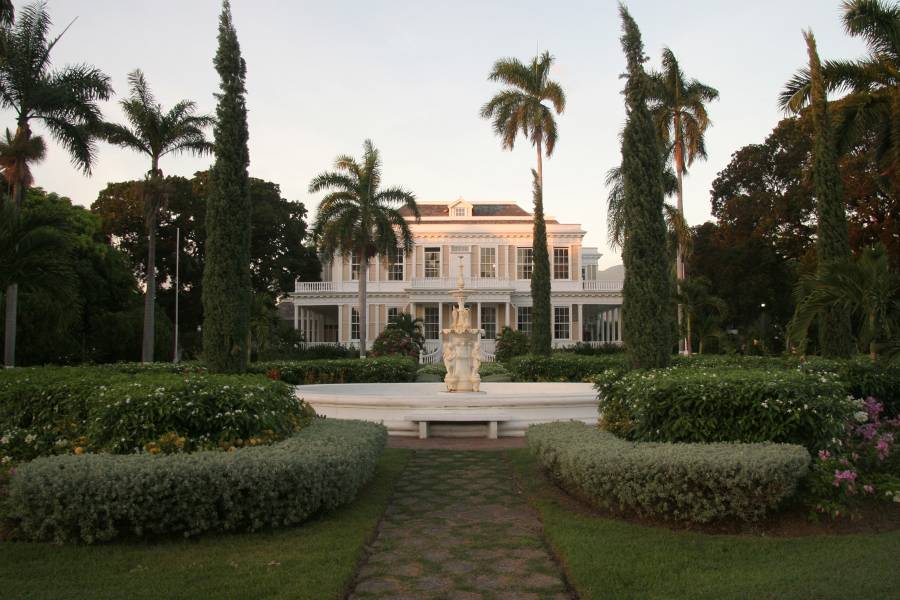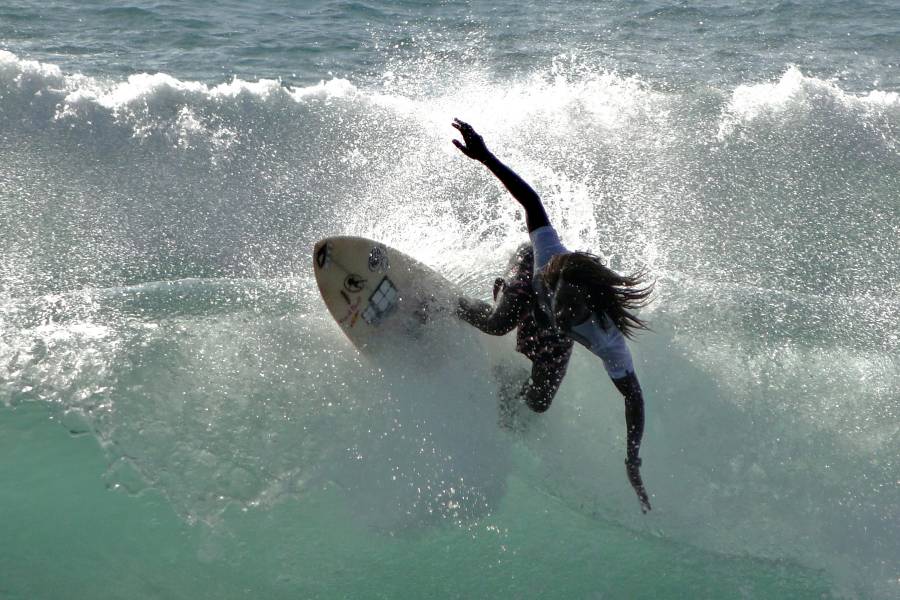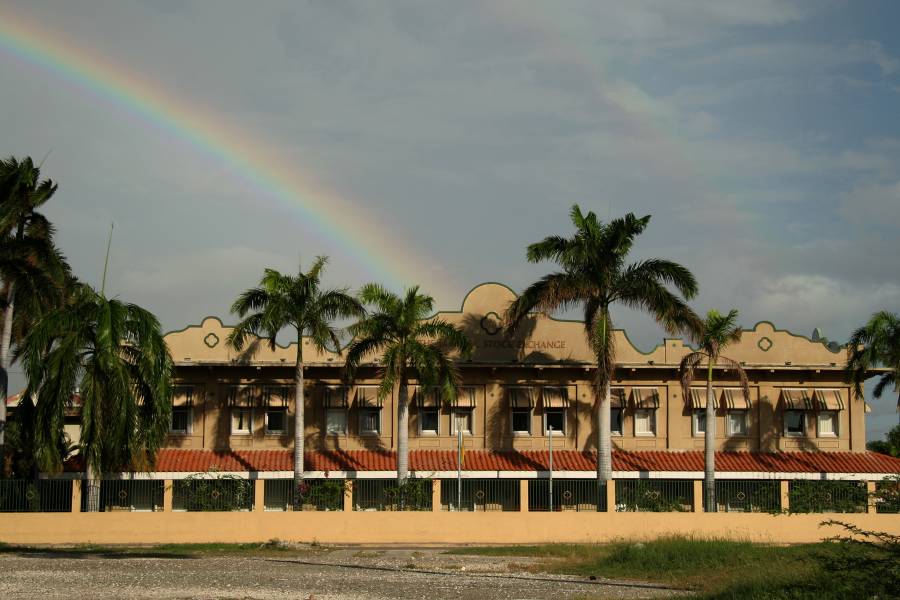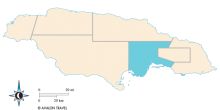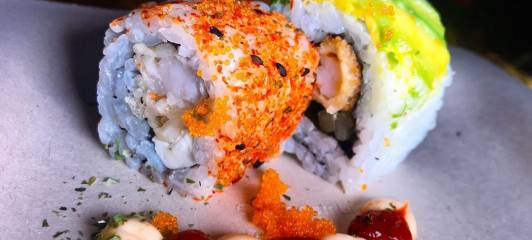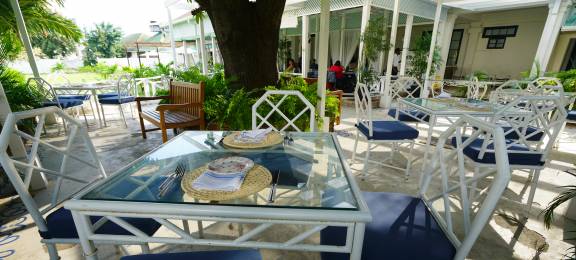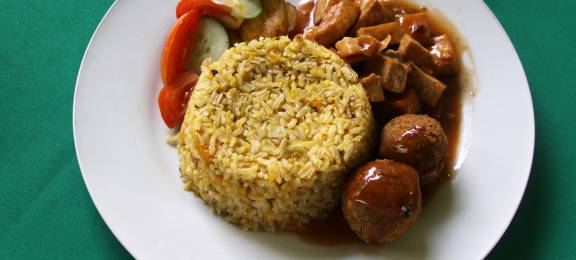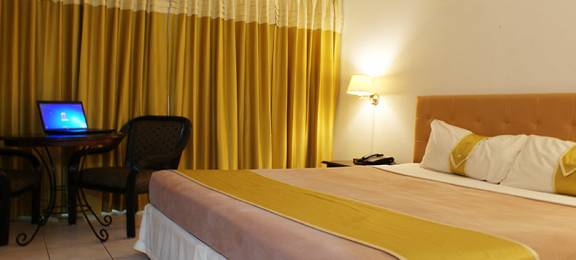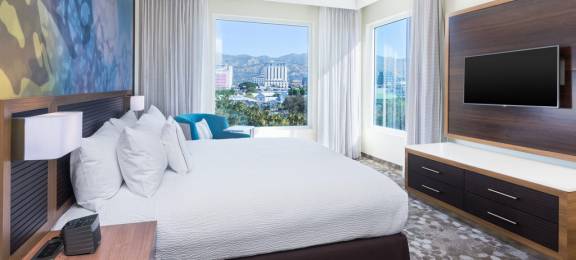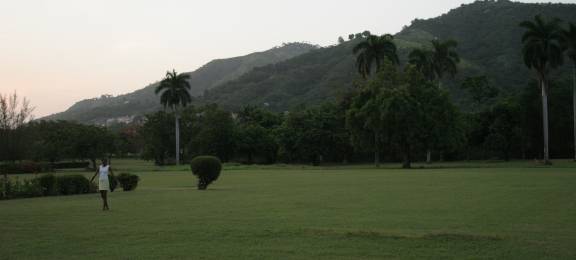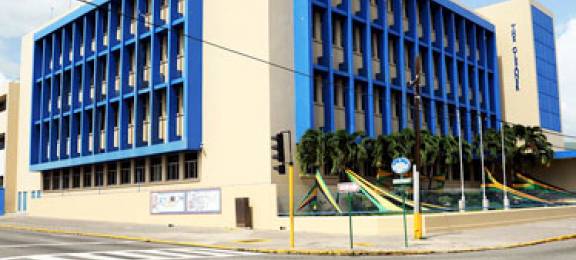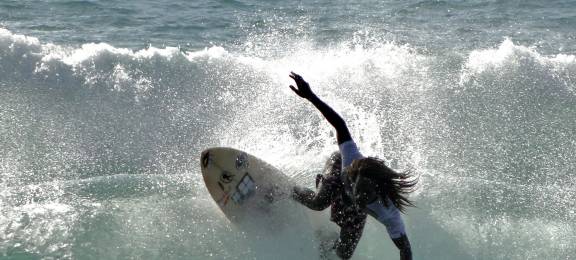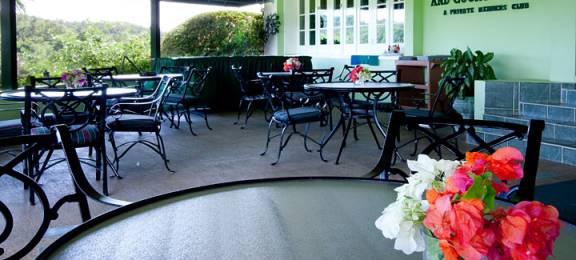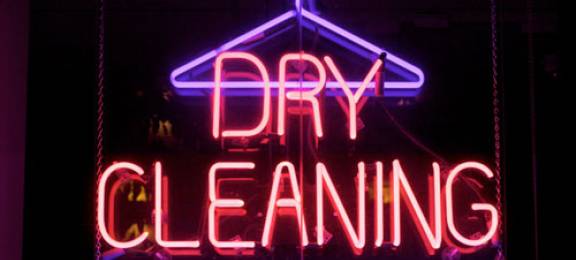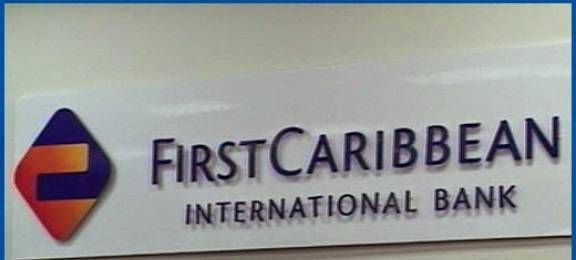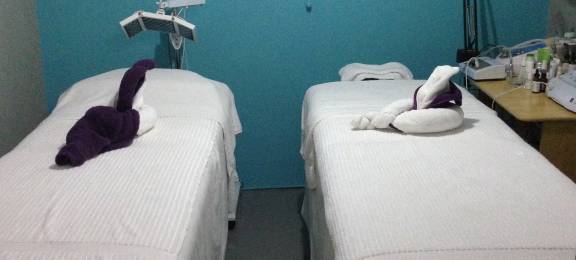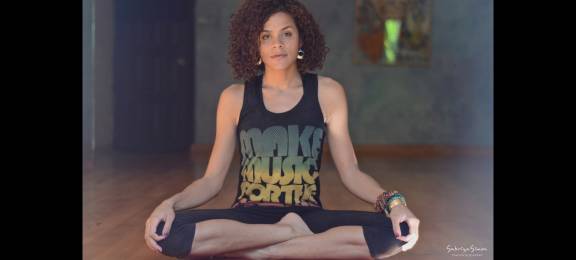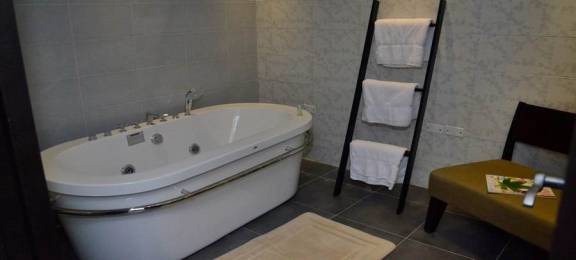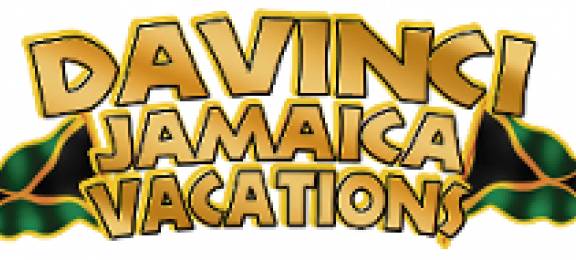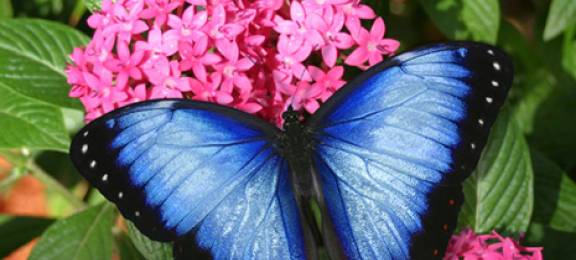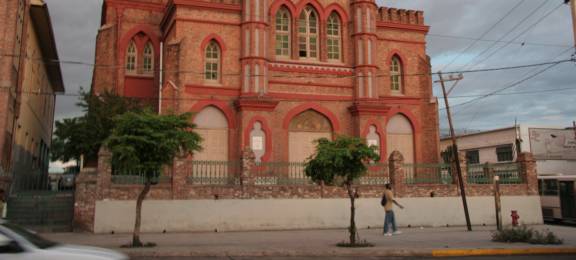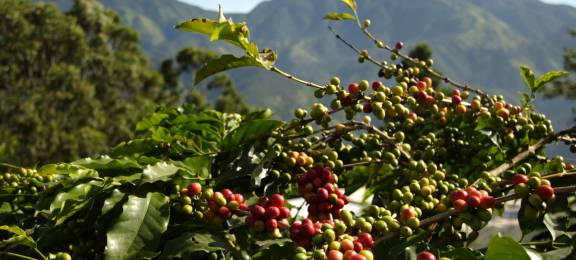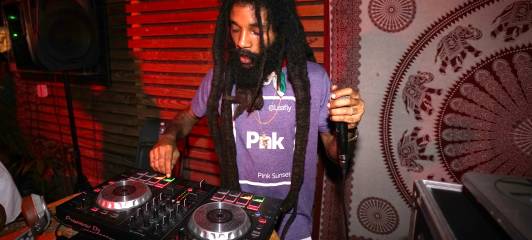
Call or email for assistance planning your trip: +1 (212) 203-0064 | reservations@moonjamaica.com
Kingston
Kingston has a tendency to consume time, so it's perfect for those who like to idle about and soak up local culture. Skylarking, or idling, is in fact one of Jamaica's favorite pastimes. For visitors looking to hit all the important historical and cultural sites in a rush, at least two nights in a two-week visit to Jamaica should be dedicated to Kingston, and certainly more during a longer stay in order to adopt the local pace and enjoy the sights, food, and nightlife. Most of the historical sights downtown can be seen in one day. Uptown attractions tend to be conveniently concentrated in the Half Way Tree/Hope Road area and will consume another day if you wish to fit in Devon House, The Bob Marley Museum, and Hope Gardens, with a little shopping and eating in between. The noteworthy attractions in Spanish Town can all be seen in half a day.
As a place of business, Kingston's inevitable bureaucratic red tape can be frustrating at worst and a challenge to negotiate at best. Most of the island's music studios and production houses are located in Kingston, which makes it the base for those looking to engage in the entertainment industry. Kingston's nightlife heats up on the weekends with stage shows and parties held almost weekly at one venue or another, but there are worthwhile events almost every night of the week, and the most popular regular street dances are all held on weeknights. Theater performances are held several nights a week. It is worth calling ahead when planning a visit if you would like to catch a theater or dance performance.
If you can, plan to spend a Sunday at Lime Cay. Kingston's most popular beach, just off the coast of Port Royal, has become a hub for the city's young and hip.
Kingston is hardly inexpensive in terms of accommodations, and a meal out for two can match New York City prices if you want to flirt with high society. Still, a night on the town doesn't need to cost more than US$20, and there's always a way to get by regardless of budgetary constraints.
The parish of Kingston encompasses what is today referred to as Downtown, as well as the Palisadoes, a 16-kilometer-long, thin strip of land that runs from the roundabout at Harbour View to the tip of Port Royal.
Originally laid out in a grid bound by Harbour, North, East, and West Streets, the old city of Kingston soon overstepped these boundaries with ramshackle residential neighborhoods springing up on every side. Over the years, some of these areas have seen simple zinc shacks replaced by homes of slightly better stature. Most of the buildings in the area below the central square, or Parade, as it is known, are commercial, with limited middle-income housing in high-rise buildings near the waterfront.
Most of the more bustling areas of Town are actually located in St. Andrew parish. The two most developed areas are the hubs of New Kingston, immediately north of Cross Roads, and Half Way Tree, immediately to the east of New Kingston. Hope Road, where several businesses and sites of interest are located, runs northeast from Half Way Tree Square all the way to Papine on the northern edge of town. From there, Highway B1, which is little more than a narrow, winding road that often becomes impassable on the descent due to landslides, leads into and over the Blue Mountains. Half Way Tree Road is also a major thoroughfare; it starts at Cross Roads, turning into Constant Spring Road north of the Clock Tower in Half Way Tree, and runs to the northernmost edge of town, where it becomes Stony Hill Road, and later turns into Highway A3, leading to St. Mary parish and the North Coast via Junction.
Metropolitan Kingston is often referred to as the Corporate Area and is divided into two regions referred to by Kingstonians as Uptown and Downtown. In a spatial sense, Downtown Kingston is the old city, laid out in a well-organized grid, whereas Uptown encompasses an urban and suburban sprawl with little order, the result of more recent economic development. The junction at Cross Roads forms a dividing line between Downtown and Uptown.
The Blue Mountain foothills flank the entire city, forming a constant backdrop. Along with a handful of high-rises in New Kingston, the hills provide the best natural landmarks for spatial orientation when moving about the city. Kingston's most affluent residential neighborhoods hug the hills from Long Hill in the southeast at the foot of the Dallas Mountains, wrapping around to Beverly Hills, Mona, Hope Pastures, Barbican, Jack's Hill, Graham Heights, Norbrook, Stony Hill, and Red Hills, from east to west.
Kingston is a city of nearly one million people, the vast majority of whom know poverty. It is important to keep in mind that people will say and do just about anything that gives them the opportunity to eat, or "nyam food." While some may use physical intimidation to get what they want, a more common occurrence is for someone to pretend to know you or yell aggressively from across the street, "Come here!" When you get the feeling that an advance of this sort may lead to an uncomfortable situation, go with that inclination. It helps to keep petty cash on hand to ease tensions when strategically necessary. If you're driving, there's almost always someone nearby to help direct your parking and then volunteer to watch your car while you go about your business. When you return to the car the helpful volunteer will certainly expect a tip. While you don't need to be intimidated by these everyday occurrences, a bit of change or a small bill will put you in good stead for the next time.
For women travelers unaccustomed to aggressive men, Jamaica will most certainly be an eye-opener. Shyness is not a strong part of the Jamaican way, and Jamaican men will put on all kinds of charm to seduce women with creative and tactful words. While most of these approaches are harmless, it's important to never let down your guard and to maintain a certain degree of aloofness, taking everything with a grain of salt. Standards for what is considered acceptable language are very different in Jamaica from most North American and European countries, and language commonly used for flirtation in Jamaica might be considered sexual harassment in other places.
In club settings, dancing can be very sexual and intimate, with "whining and grinding" a part of normal conduct. Jamaican women are a tough lot, however, and generally run things, or have control over the situation. When a man displeases them, they have no problem making it known. You should feel perfectly comfortable doing the same--with a degree of diplomacy to avoid offending the suitor's pride.
Crime and violence certainly exist in Kingston, although visitors are unlikely to encounter it. In fact, it would take real effort for a foreigner to be a victim of gun violence in Kingston, perhaps only by making the mistake of wearing an orange People's National Party (PNP) T-shirt while walking through Tivoli Gardens, one of the city's most notorious ghettos and a stronghold for the Jamaica Labor Party (JLP). Political situations linked to sensitive constituencies like Tivoli Gardens can cause these garrison communities to flare up with tension and violence, usually demonstrated by residents barricading the streets in one of the only displays of power they can muster. Should you be unfortunate enough to be caught in Kingston under these circumstances, avoid going Downtown and keep abreast of the news and discuss safety with locals. The U.S. embassy is typically the first to sound an alarm issuing prompt travel advisories anytime such a situation exists. Jamaica has a history of liaisons between politicians and dons, the strongmen who rule many of the impoverished areas of Kingston and Spanish Town, and it's best to avoid getting involved in any way as a visitor.
Generally speaking, the only time foreigners are in the press associated with crime is in cases where they have tried to exit the country carrying drugs. Sticking by the right set of locals and hanging in the right places, Kingston is no more dangerous a place than any other big city in the developing world where wealth and poverty coexist.
Kingston didn't become an important city, or a city at all for that matter, until well after the British captured Jamaica from Spain in 1655. It wasn't until the great earthquake of 1692 left the nearby boomtown of Port Royal almost entirely underwater that Kingston's population grew to any size--thanks to the survivors fleeing from across the harbor. A subsequent disaster, a devastating fire in 1703, left Port Royal virtually abandoned and sealed the town's fate as a literal backwater. Prior to this, Kingston's Downtown area was dominated by a fishing and pig-farming village known as Colonel Beeston's Hog Crawle.
The well-organized city was built to take advantage of the outstanding natural harbor that had put Port Royal on the map in the first place, and it was named in honor of William of Orange, who ruled England from 1689 to 1702. Before long, Kingston became an immigration point for merchants from around the Caribbean seeking fortune from the slave trade and associated commerce. When slavery was abolished in 1834, Kingston's population swelled as many former slaves rejected the rural life that reminded them of a not-so-distant past. Country folk began migrating to Kinston in great numbers in search of a fresh start.
Thanks to brisk trade that continued along Kingston Harbor, the city soon challenged the capital of Spanish Town in economic importance. In 1872, after what proved to be years of futile resistance, the disgruntled bureaucrats in Spanish Town finally ceded power. Uptown Kingston remained predominantly rural well into the mid-1800s, when wealthier Kingstonians began seeking refuge from the swelling shantytowns that sprang up around Downtown. Most areas of Uptown today still include "manor" or "pen" in reference to the parcels of land that contained the farming estates of yesteryear.
In 1907, a massive earthquake destroyed the majority of buildings along the waterfront, further exacerbating the flight to Uptown of those with means. By the 1930s, prices plunged for the commodities that still formed the base of Jamaica's economy, causing widespread riots around Kingston. This was a time of social and political unrest throughout the African Diaspora, catalyzing the Jamaican labor movement and bringing leaders Marcus Garvey, William Gordon, and Alexander Bustamante to the fore. By the time Jamaica was granted its independence on August 1, 1962 (it technically remains a protectorate of the British crown), redevelopment along the harbor was slated as a priority. Unfortunately for the waterfront area, most of the economic development that ensued took place along the city's new hip strip, Knutsford Boulevard, in New Kingston, and farther uptown in Half Way Tree and along Hope Road.
Violent political campaigns in the 1970s and 1980s gave Kingston international notoriety, but visitors today rarely find themselves subject to or even observers of violent crime.
By Air
Norman Manley International Airport (tel. 876/924-8546 for arrival and departure information) is located on the Palisadoes heading towards Port Royal east of Downtown. Domestic flights leave from a small terminal by the cargo area, reached by taking a left off the boulevard leading to the main terminal before reaching the roundabout.
interCaribbean Airlines flies between Turks & Caicos and Jamaica. It began offering domestic flights between Kingston's Norman Manley International and Montego Bay in early 2014. It also offer charter service.
Aerogaviota, a Cuban state-owned carrier, offers flights between Kingston and Havana touching down in Santiago.
Historically, most domestic flights in small aircraft departed from Tinson Pen, but there has been little continuity of service among carriers with a slew of different domestic airlines coming and going over the years.
Ground Transportation
The Knutsford Express is popular with Jamaicans and tourists alike, offering the most comfortable coach service between Kingston, Ocho Rios, and Montego Bay with two or three daily departures from each city. New Kingston–Montego Bay departs at 6 a.m., 9:30 a.m., 2 p.m., and 5 p.m. Mon.–Fri., 6 a.m., 9:30 a.m., and 4:30 p.m. on Saturdays, 8:30 a.m. and 4:30 p.m. on Sundays. Buses run between the parking lot behind New Kingston Shopping Centre and Pier 1 in Montego Bay. The trip lasts four hours depending on traffic and costs US$20 prepaid, US$23 on the day of travel.
Buses ply routes around town and between Kinston and major points on the eastern side of the island. The main bus terminals for routes out of Kingston are the Transport Centre hub in the heart of Half Way Tree (tel. 876/754-2610) and the Urban Transport Centre below Coronation Market on Port Royal Street and Water Lane (876/754-2584). Buses depart throughout the day to Port Royal (US$0.50), Spanish Town (US$1), Bull Bay (US$0.50), Morant Bay (US$1.50), Mandeville (US$3), Port Antonio (US$3), Ocho Rios (US$3), Savanna-la-Mar (US$7), Montego Bay (US$6), and Negril (US$8) .
Route taxis and mini buses depart from Cross Roads, Half Way Tree, by the roundabout on upper Constant Spring Road in Manor Park for destinations due north and at the roundabout in Papine for destinations in the Blue Mountains. Route taxis or minibuses depart for Kingston from virtually every city or town in the surrounding parishes and from parish capitals across the island. Route taxi fares are typically slightly higher than buses on the overlapping routes, but don't typically connect faraway points.
Getting Around
On Foot
Jamaicans who walk around Kingston generally don't do so by choice, day or night, and are ridiculed as "walk foots" by their fellow citizens. It's mainly due to the prestige of driving, and more importantly, the heat that pedestrians suffer; the safety concerns around Town are generally exaggerated and vehicles stopped at lights offer little protection, anyway. There is really no better way to get to know the layout of some of the more congested areas like Downtown around the Parade, Knutsford Boulevard's Hip Strip, and around the center of Half Way Tree than to go on foot. Beyond that, route taxis and public buses are the best way to move about for those without a car.
By Bus
Jamaica Urban Transit Company (www.jutc.com, flat fare US$0.75) operates buses in and around the Corporate Area. Routes are extensive, but service and schedules can by daunting. Covered street-side bus stops are scattered along all the major thoroughfares throughout the city, and the more people gathered there, the sooner you're likely to see a bus. This is definitely the most economical way to move about.
By Taxi
Taxis are relatively safe off the street, but it's always best to call a dispatch to ensure accountability. Fares are assessed by distance rather than with a meter, and you may want to haggle if it seems too high. Downtown to New Kingston should cost around US$4.25, New Kingston to Half Way Tree around US$3.50, Half Way Tree to Papine about US$4.25. City Guide Taxi (tel. 876/969-5458) is a decent and dependable service, as are Safe Travel Taxi Service (tel. 876/901-5510) and El-Shaddai (tel. 876/969-7633). All the taxis in Jamaica tend to use white Toyota Corolla station wagons, and when you see one of these, chances are it's a taxi and can be waved down.
By Car
Rental cars tend to be very expensive across the island, but unfortunately indispensable when it comes to independently moving about and exploring remote areas. For the upper reaches of the Blue and John Crow Mountains, a four-wheel-drive vehicle is indispensable. Pervasive potholes in town don't really warrant a 4x4. Check with your credit card company to see if it covers insurance.
Unlicensed rental operators abound. While they may be cheaper (US$50/day) than more reputable agencies, there is less accountability in the event that anything should go worse than planned. These private rentals don't take credit cards, often want a wad of cash up front, and usually don't offer insurance. These informal agencies are best avoided.
Listed rates do not include insurance or the 16.5 percent GCT. Insurance is typically US$15–40, depending on coverage. A deposit is taken for a deductible when customers opt for anything less than full coverage. The use of select gold and platinum credit cards obviates the need to purchase insurance from the rental agency. Check with each individual establishment for their particular policies.
Select any filter and click on Apply to see results

